Trg Republike 4
Trg Republike 4
Visit the Sombor City Museum — the only complex museum in the West Bank region with about 1,000 museum exhibits on display in a permanent setting
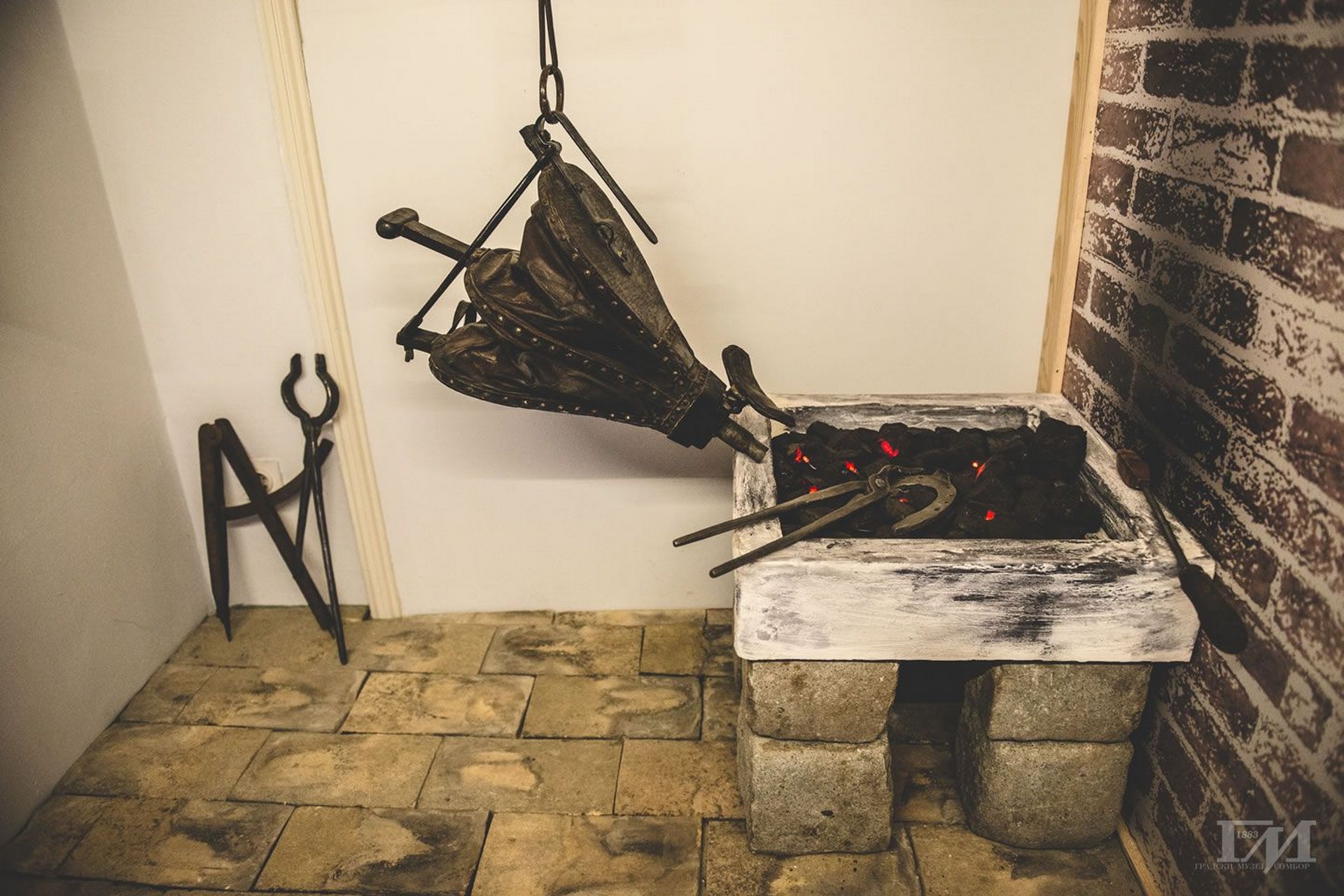 © G.Muzej Sombor
© G.Muzej Sombor
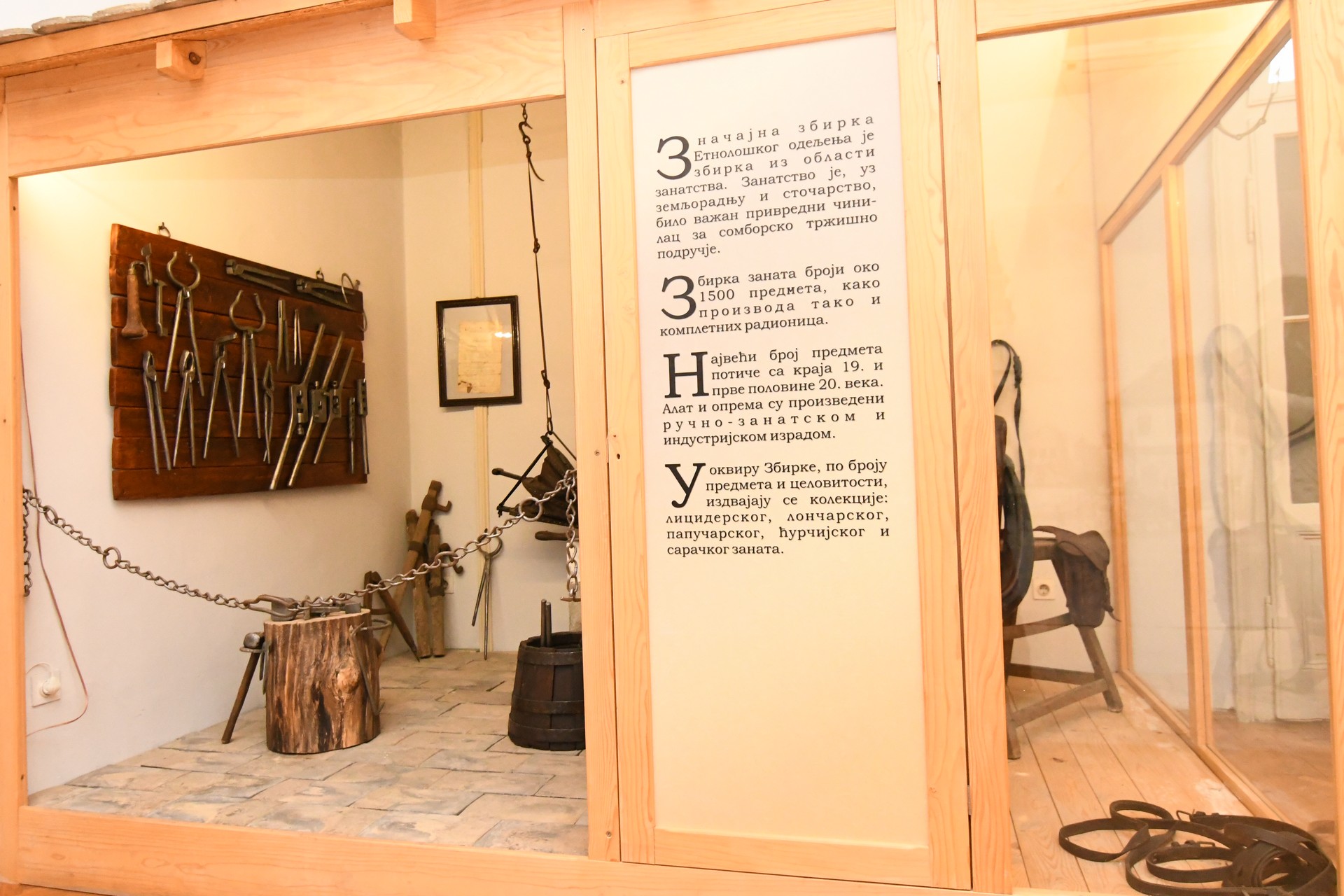 © G.Muzej Sombor
© G.Muzej Sombor
 © G.Muzej Sombor
© G.Muzej Sombor
Craft production largely enabled the functioning of other activities, economy, trade, and industry. The collection of crafts includes around 2,000 items, both products of certain craftsmen and complete inventories of workshops Sombor is one of the few cities in the area where there is still a horse and carriage service,...
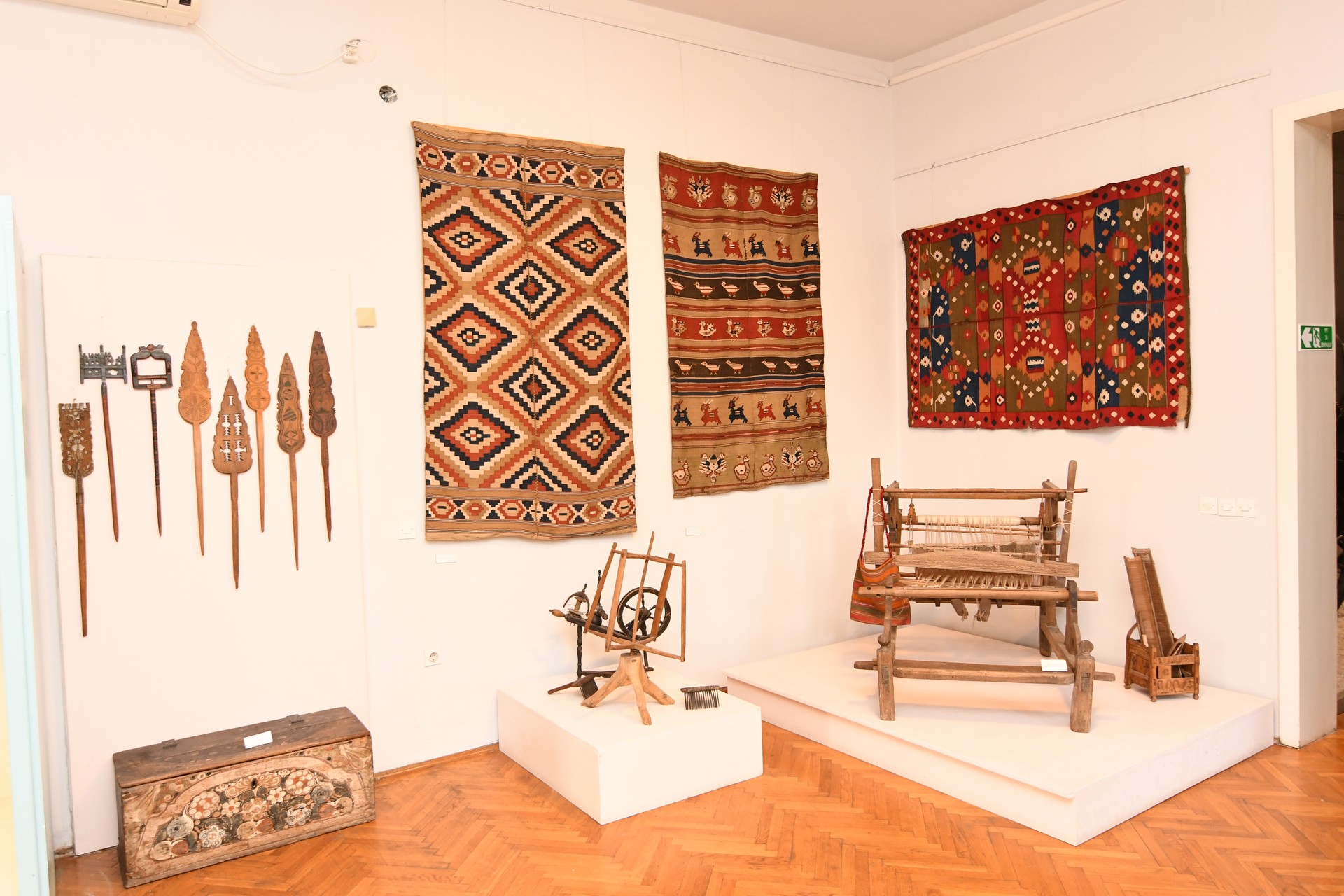 © G.Muzej Sombor
© G.Muzej Sombor
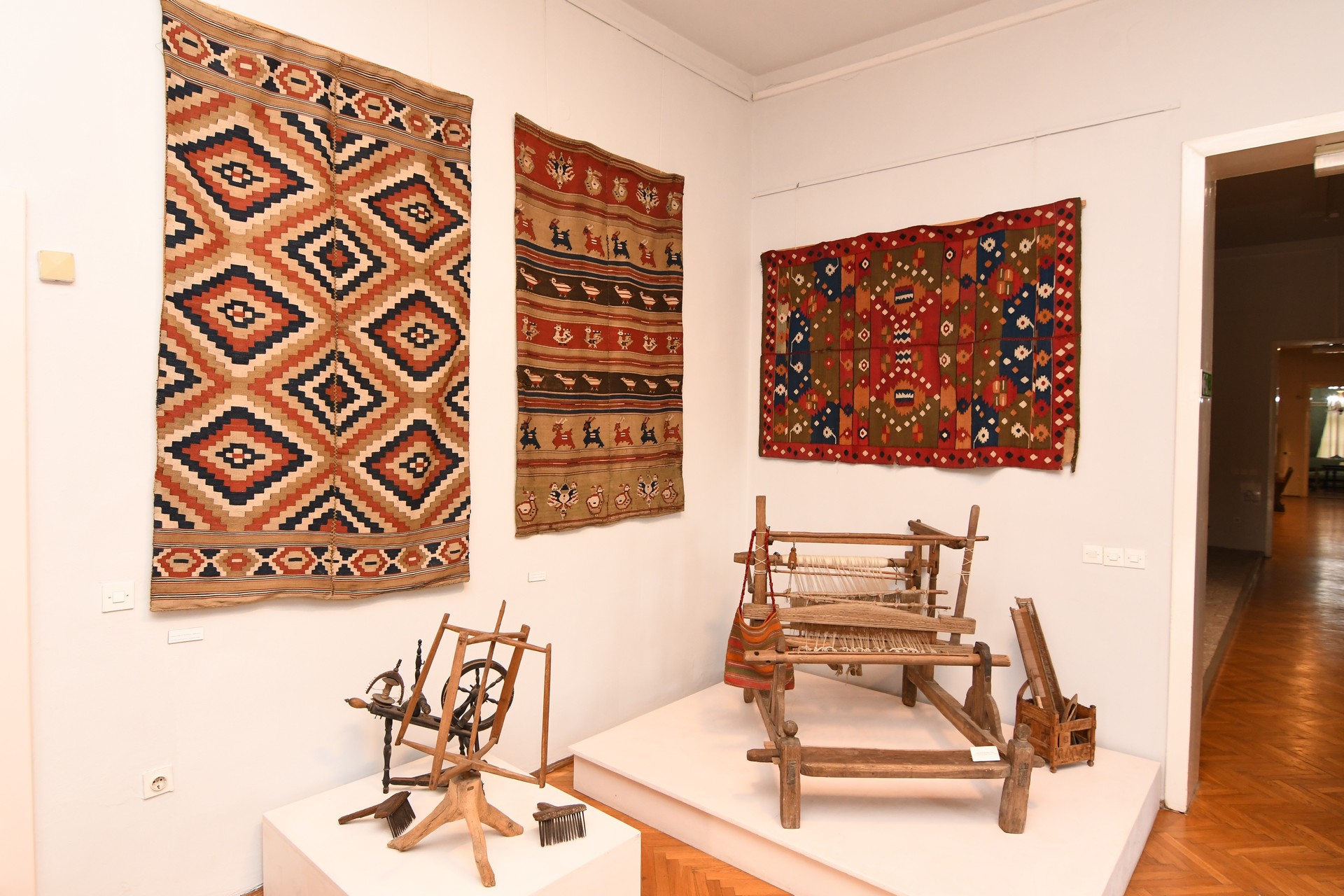 © G.Muzej Sombor
© G.Muzej Sombor
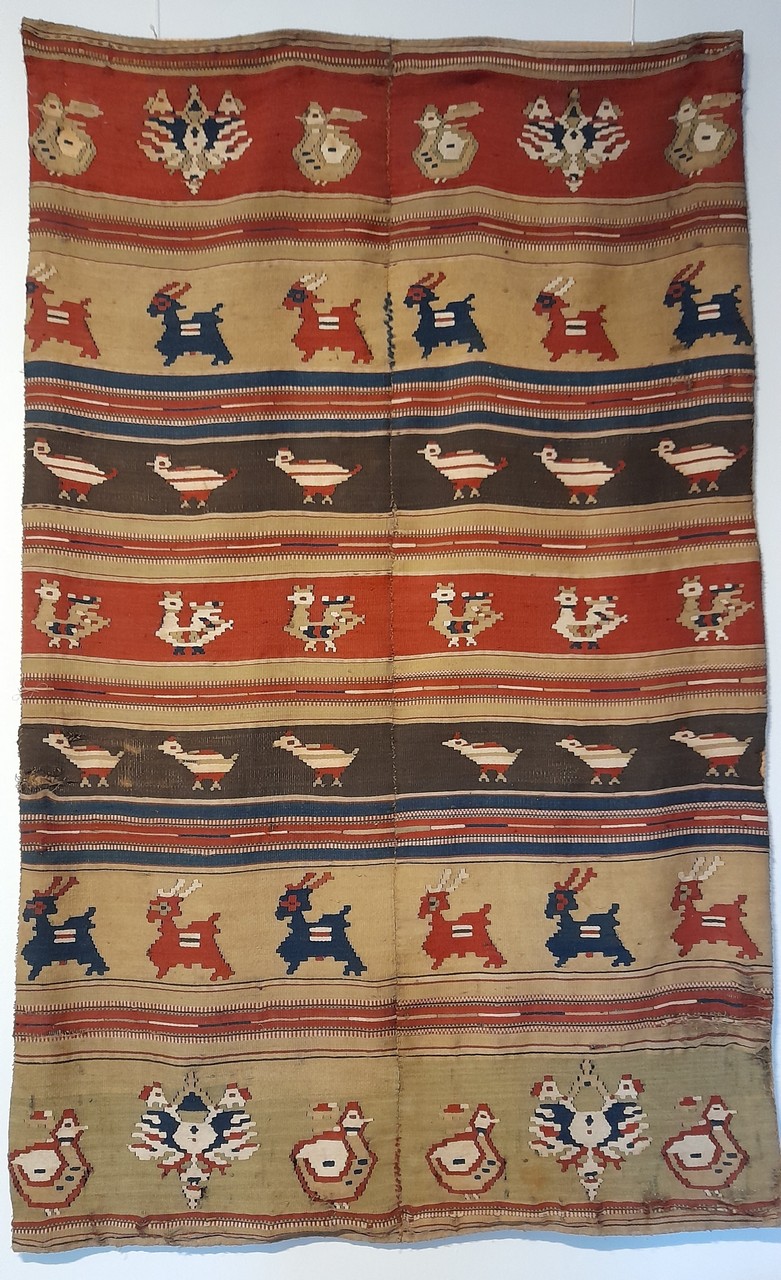 © G.Muzej Sombor
© G.Muzej Sombor
In traditional Vojvodina culture, rugs were first and foremost luxurious bed covers. In rural homes, where the floor was mostly made of bare, trampled earth, the rug found its place on formally furnished beds, then on the table, then on the walls as decoration… The most famous centre for making...
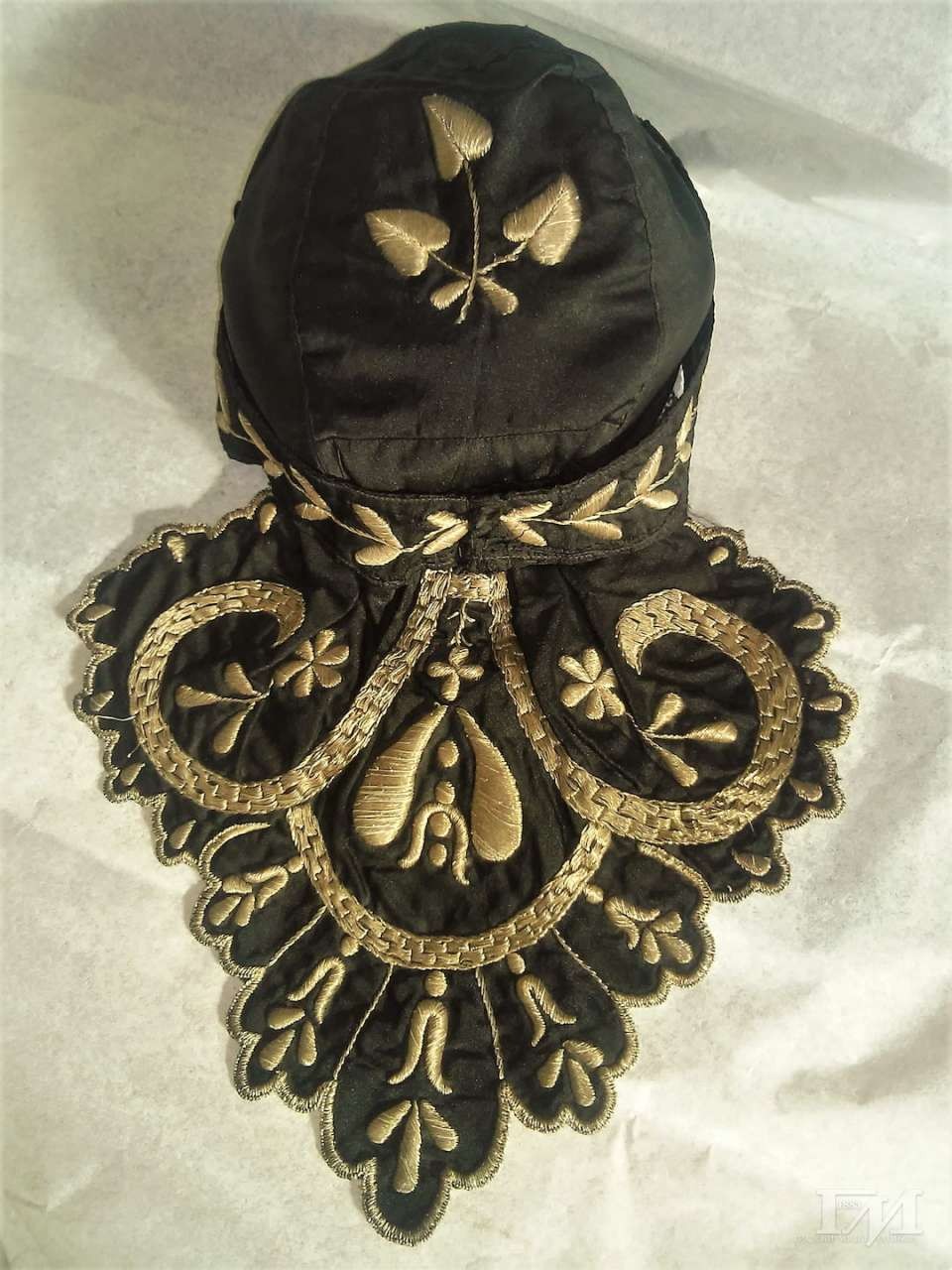 © G.Muzej Sombor
© G.Muzej Sombor
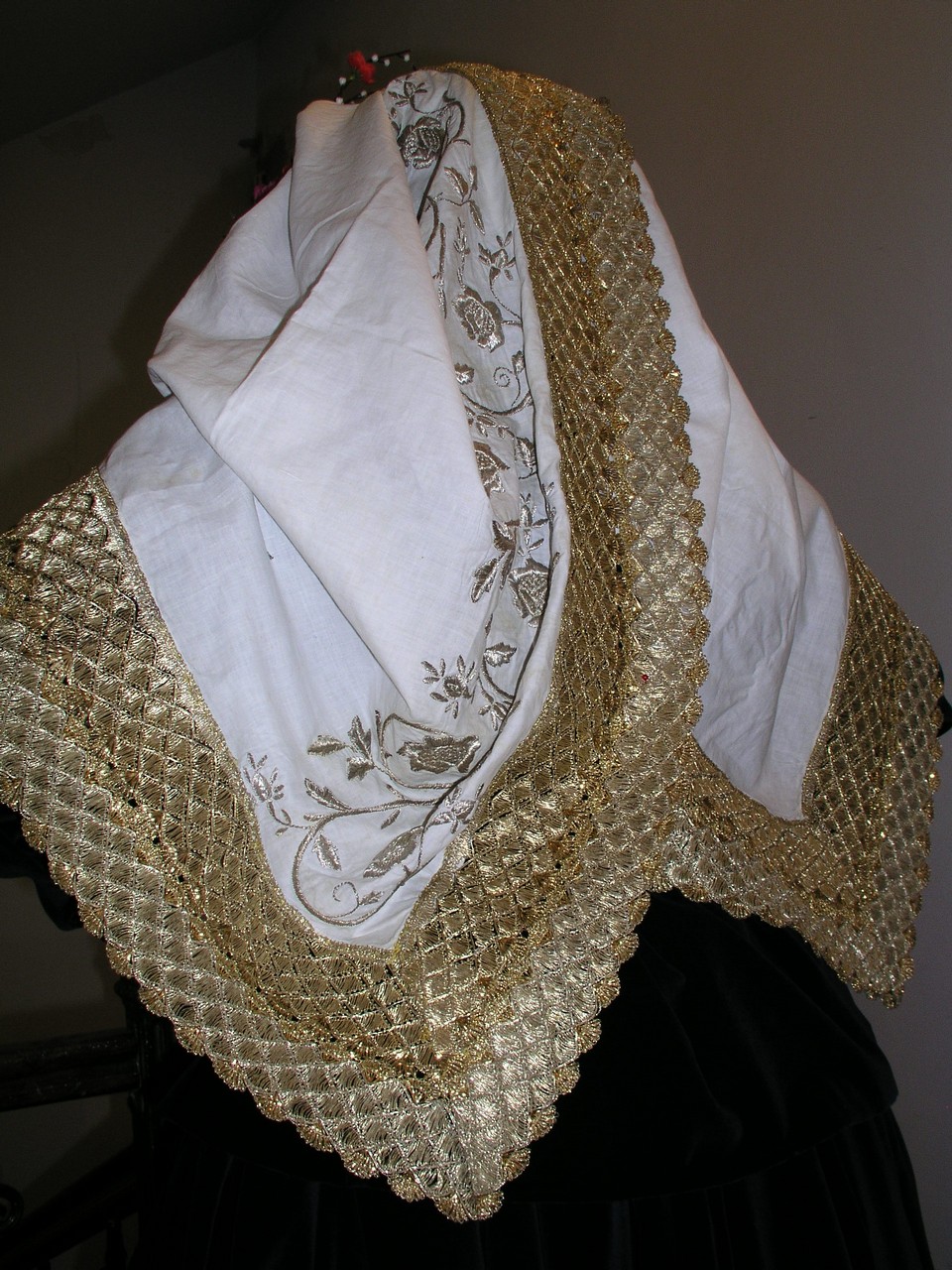 © G.Muzej Sombor
© G.Muzej Sombor
Head covers marked the position of a woman in a traditional society and any change in that position was followed by a change in the appearance of the head cover According to the wedding customs of Serbs in Vojvodina, the bride received the head cover of a married woman on...
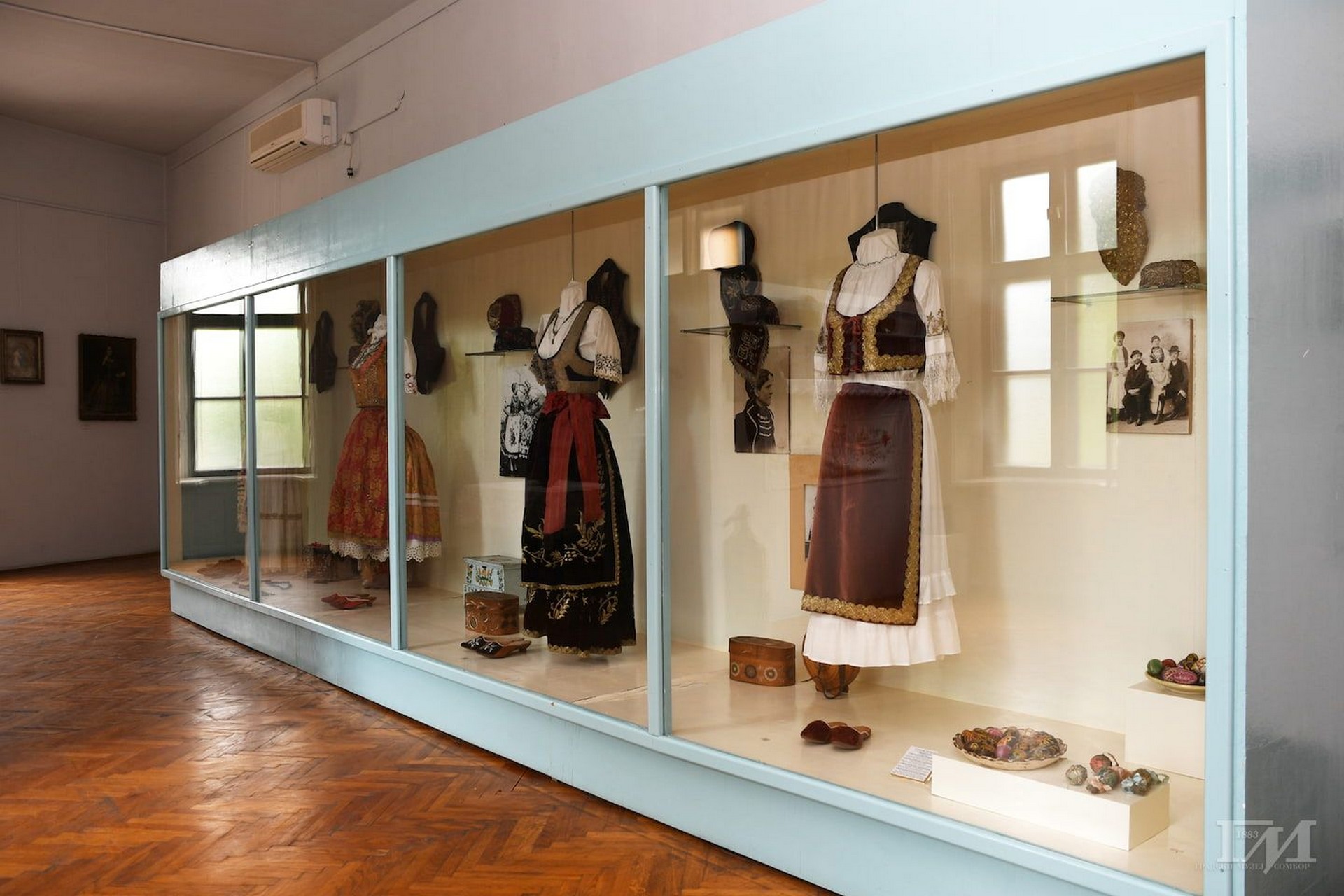 © G.Muzej Sombor
© G.Muzej Sombor
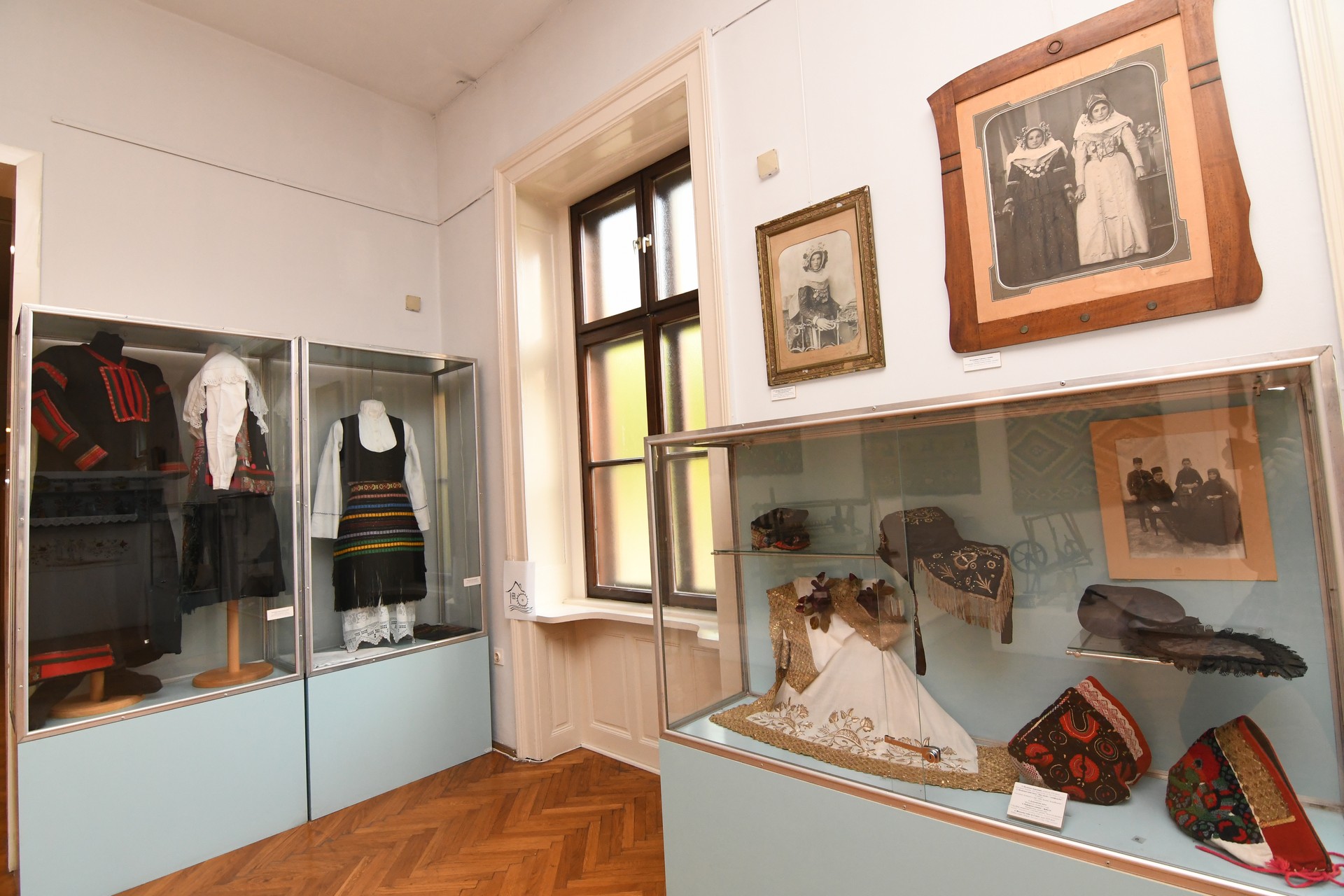 © G.Muzej Sombor
© G.Muzej Sombor
The national costume of Bunjevci is a form of Pannonian costume. The Pannonian costume is a domestic product, dominated by linen garments supplemented with handicrafts made of leather, wool, and fur However, the traditional folk culture costume of the Pannonian region underwent significant changes in the second half of the...
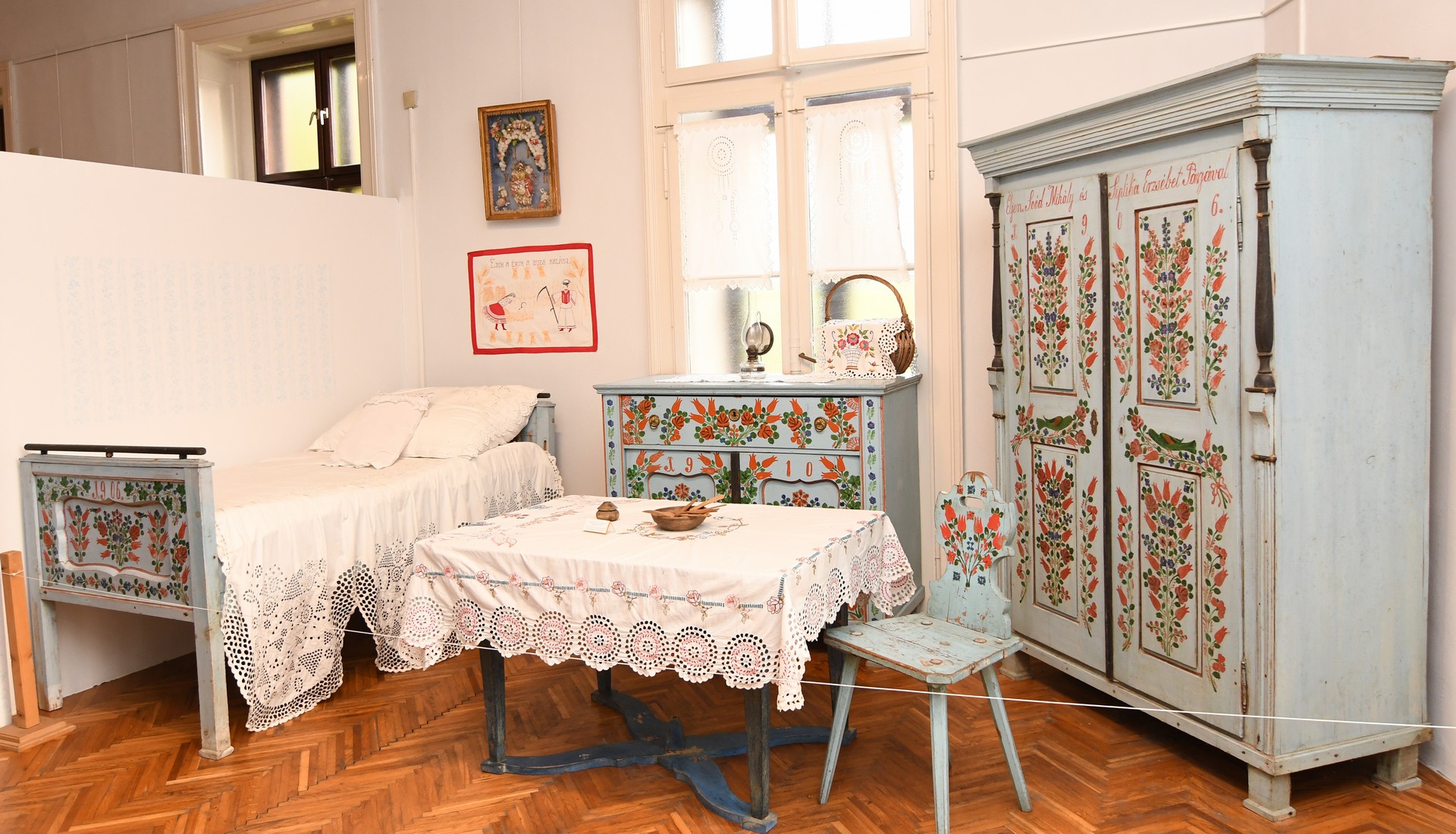 © G.Muzej Sombor
© G.Muzej Sombor
The origin and development of the traditional house in Vojvodina was shaped by building regulations imposed by the Austrian authorities The regulations were designed to fit the needs of the broadest social stratum of the monarchy at the time: the rural population From such a relationship, an authentic architectural style...
 © G.Muzej Sombor
© G.Muzej Sombor
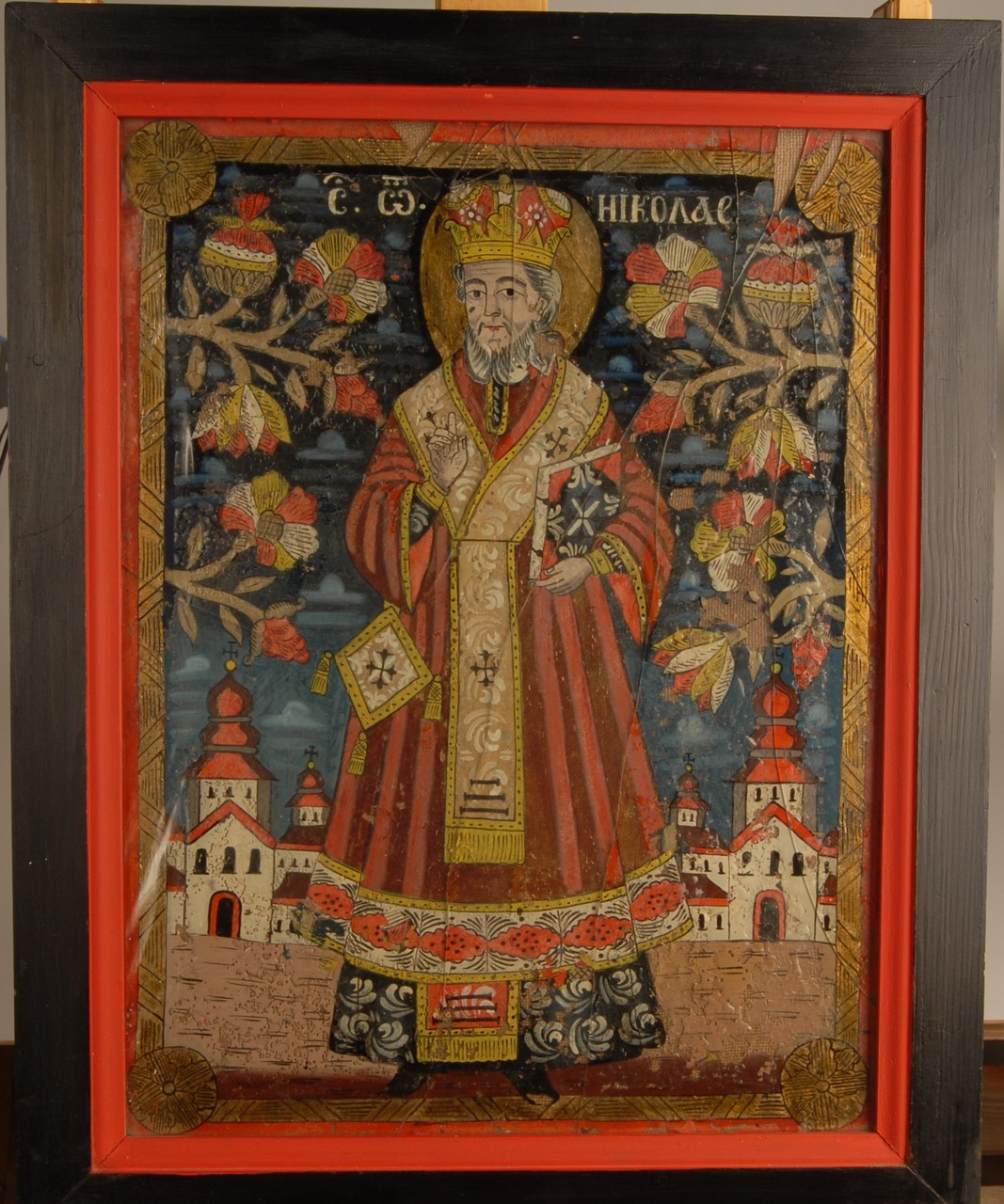 © G.Muzej Sombor
© G.Muzej Sombor
The museum’s ethnographic collection houses an extremely valuable collection of 54 icons on glass made by self-taught painters With their lively colours and folk ornaments, the icons attract attention and testify to the various influences of late Byzantine and Baroque painting in this area The painters were originally from southern...
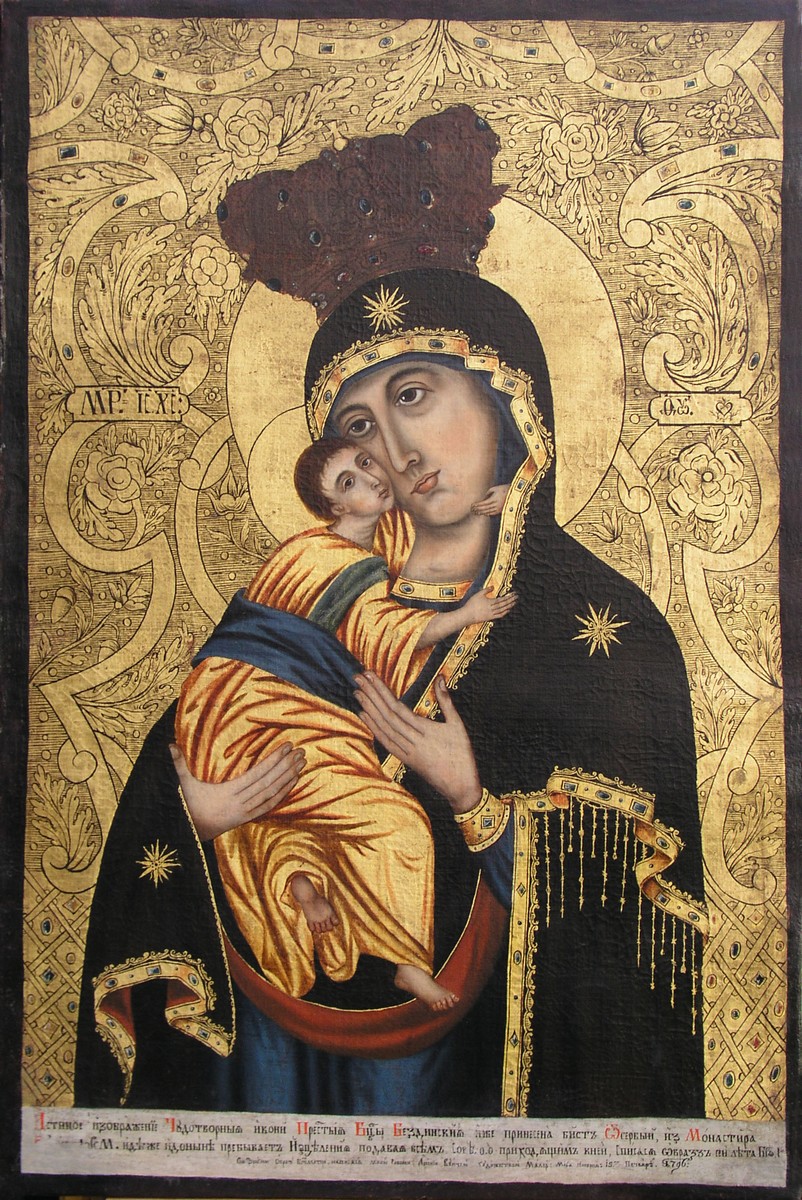 © G.Muzej Sombor
© G.Muzej Sombor
This space is dedicated primarily to religious themes. Before the early 20th century, religious iconography and church paintings functioned as the most significant forms of artistic expression through which the characteristics of artistic eras were demonstrated The 1796 icon The Virgin Mary with the Baby Christ, the work of the...
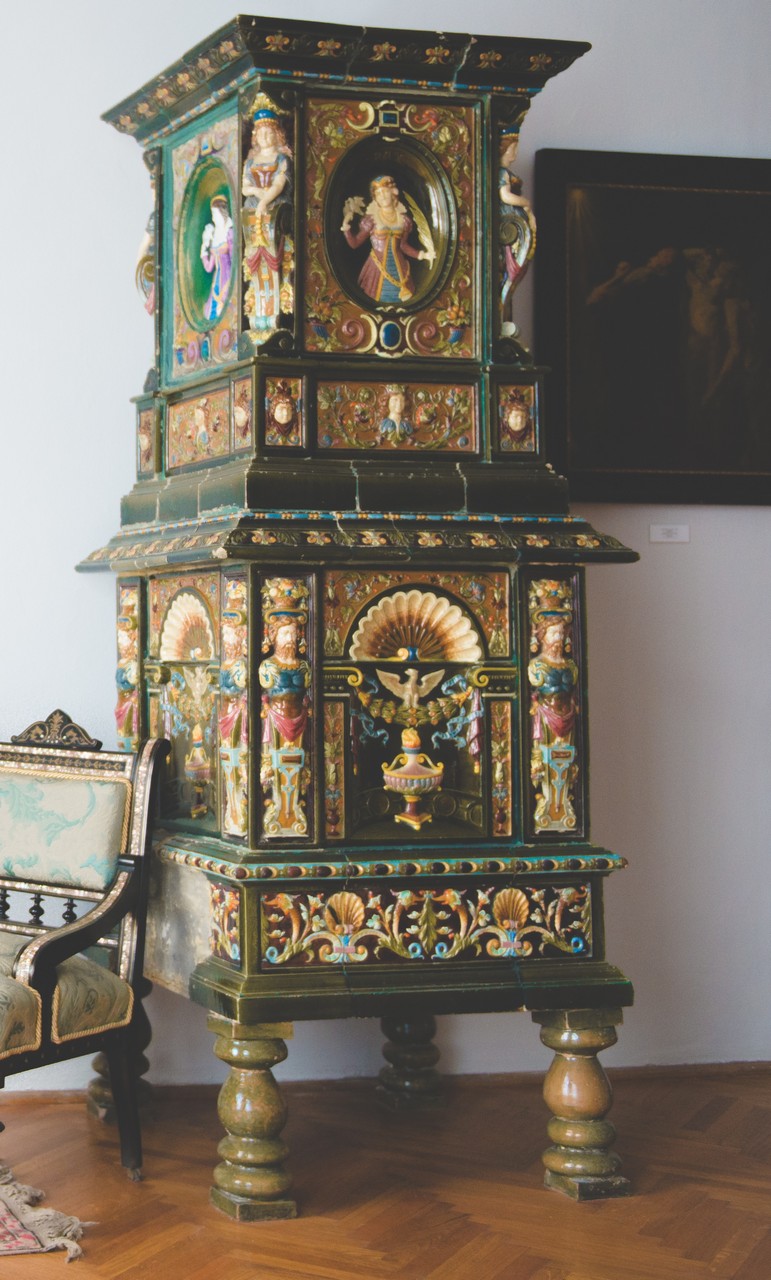 © G.Muzej Sombor
© G.Muzej Sombor
Zsolnay is a general name for neo styles that use characteristic details from historical and artistic epochs, like neo-Baroque, neo-gothic, and neo-Rococo. A similar name is eclecticism, which implies a mixture of several styles in one place or on one object. Historism was especially popular in Europe in the second...
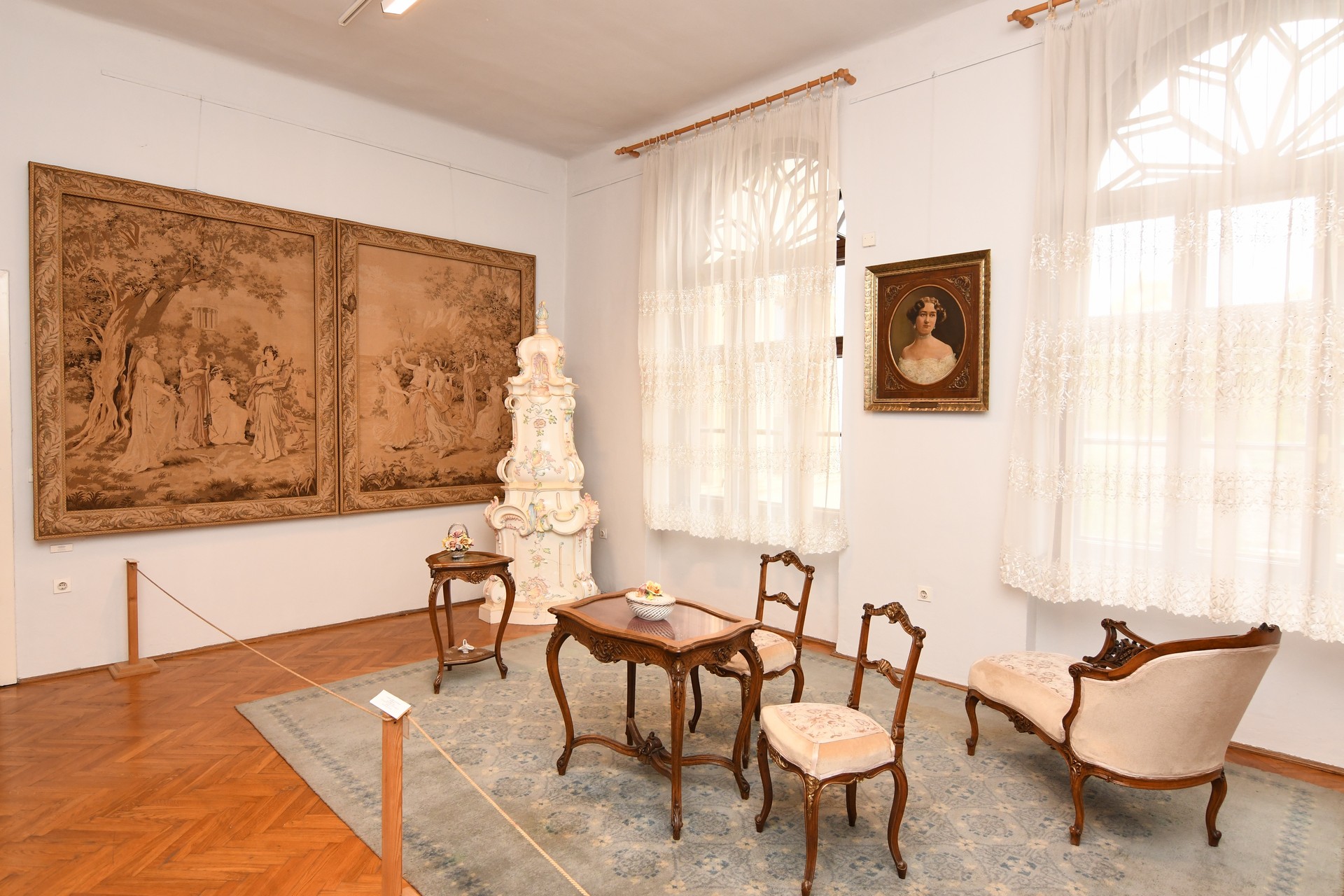 © G.Muzej Sombor
© G.Muzej Sombor
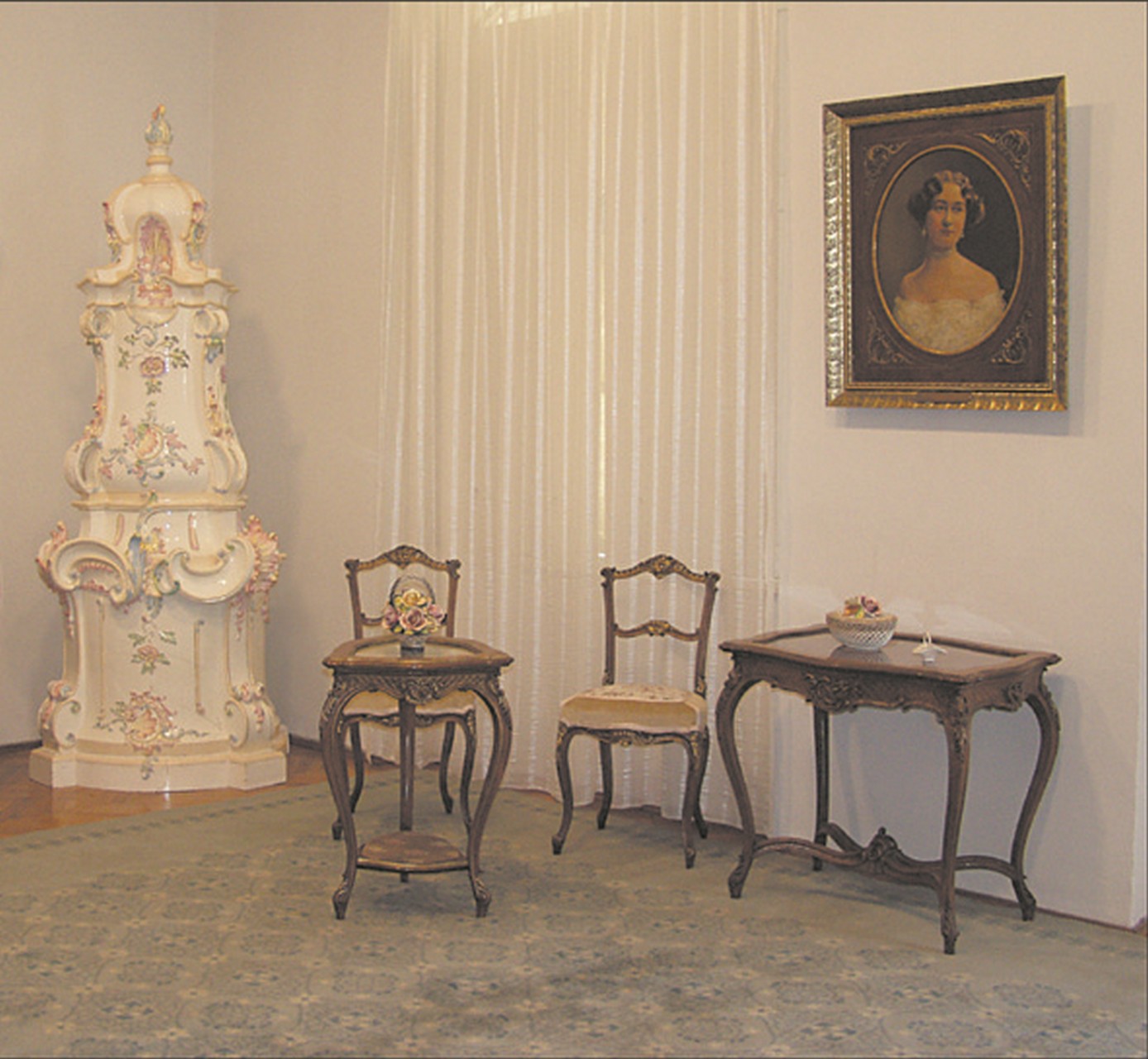 © G.Muzej Sombor
© G.Muzej Sombor
The second half of the 19th century was a period when the revival of the styles of the past was in full swing in Europe, reaching its peak before the end of the century This trend was dictated by the wealthy bourgeoisie who wanted splendour, luxury, opulence, and comfort in...
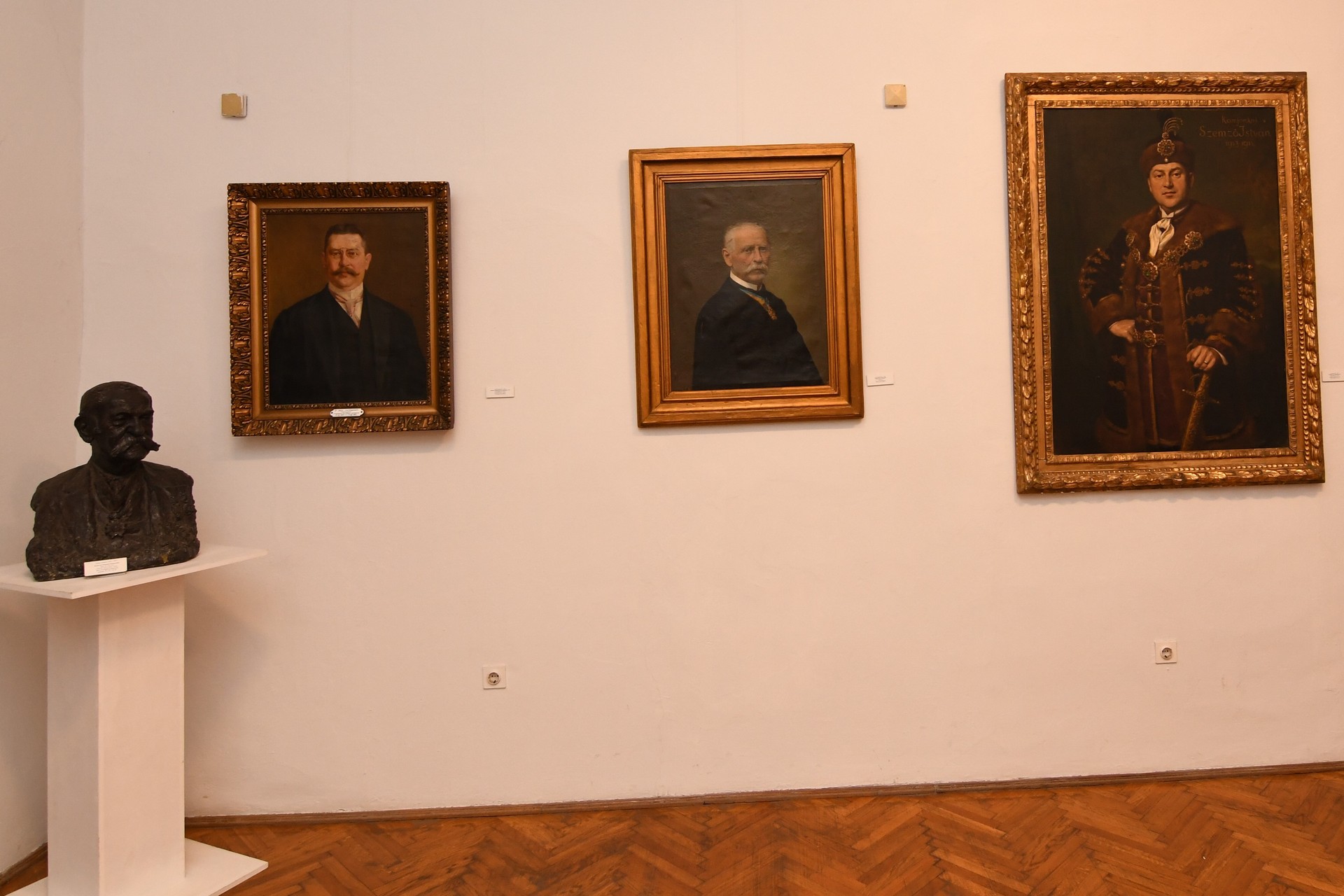 © G.Muzej Sombor
© G.Muzej Sombor
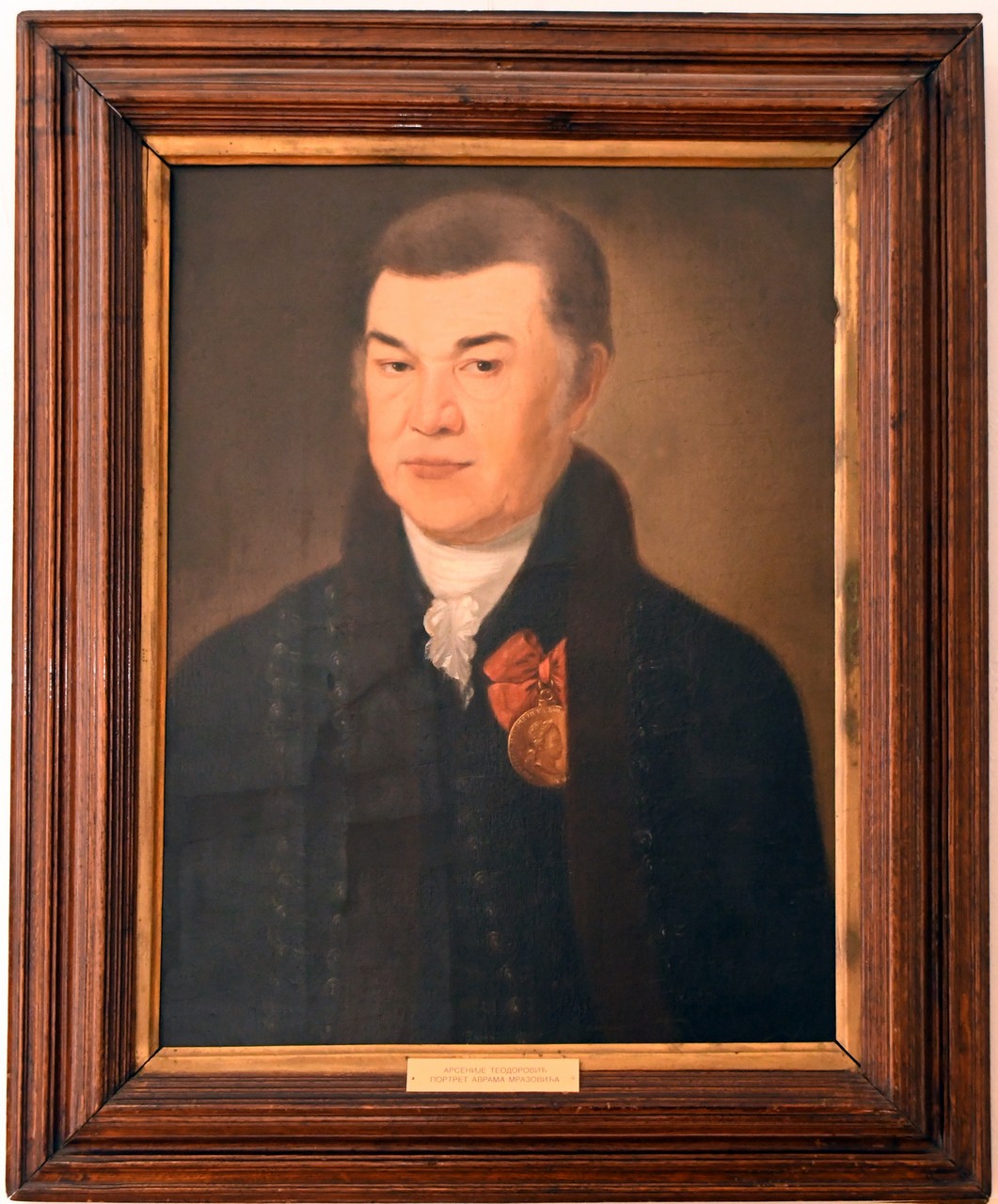 © G.Muzej Sombor
© G.Muzej Sombor
The gallery of portraits of famous Sombor citizens includes a concise selection of very important civic portraits from the beginning of the 19th century to the interwar period The most represented portrait painter is Uroš Predić (1857-1953), a representative of academic realism educated in Vienna. Predić’s works are portraits of:...
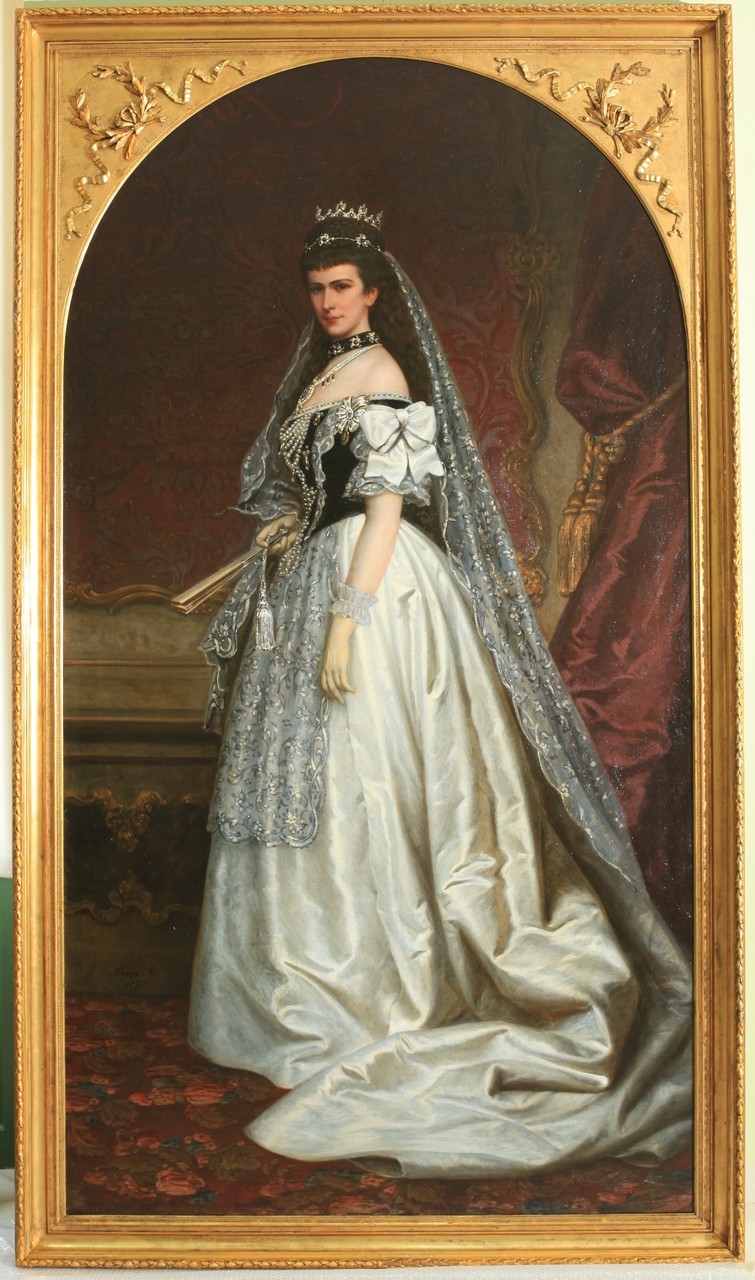 © G.Muzej Sombor
© G.Muzej Sombor
The portrait gallery within the permanent exhibition of the art department of the City Museum of Sombor is crowned by a representative portrait of the Austro-Hungarian Empress Elizabeth-Sisi The portrait was made by Tan Mor, a representative of historical romanticism The Empress’s portrait was created in 1875 to honor the...
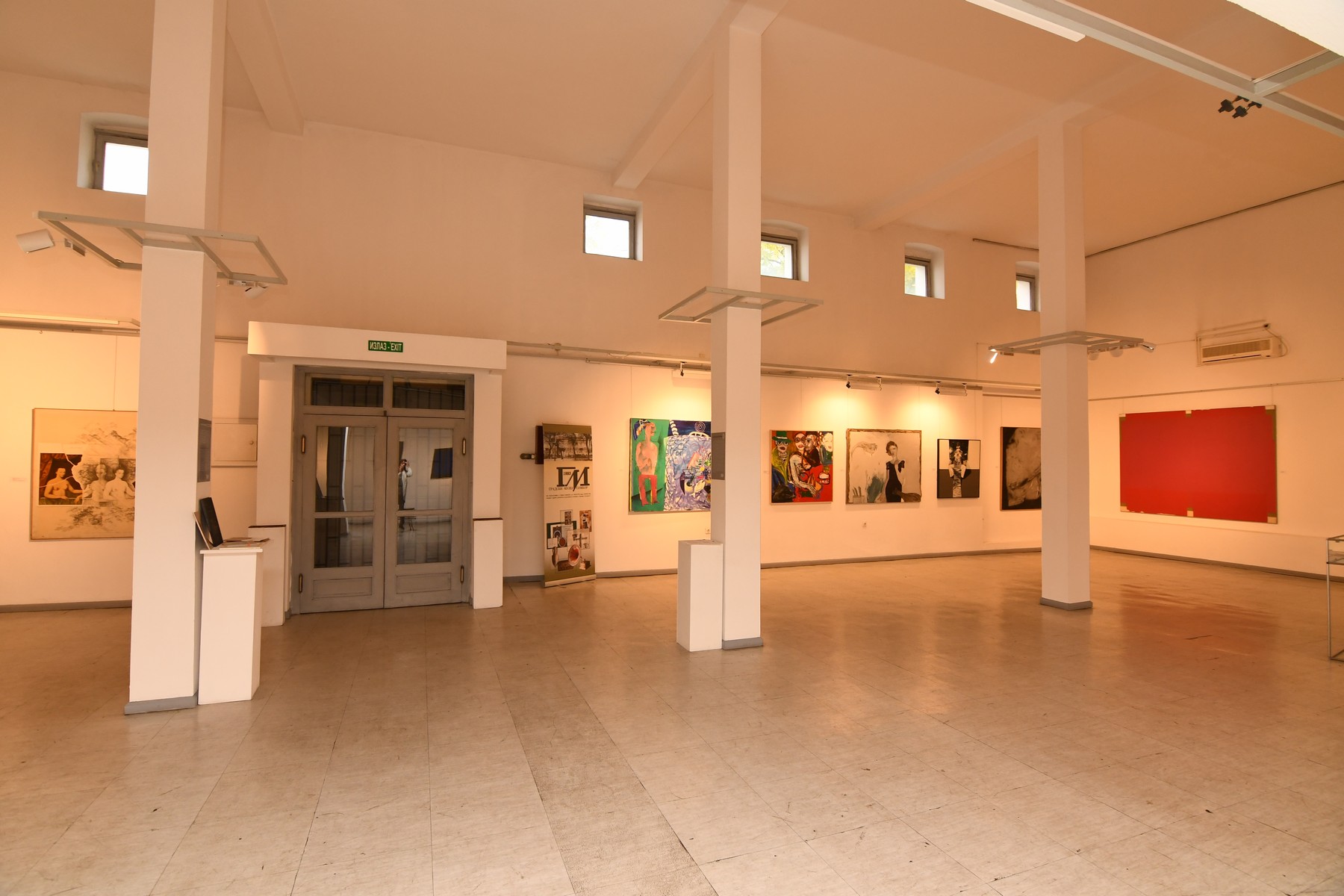 © G.Muzej Sombor
© G.Muzej Sombor
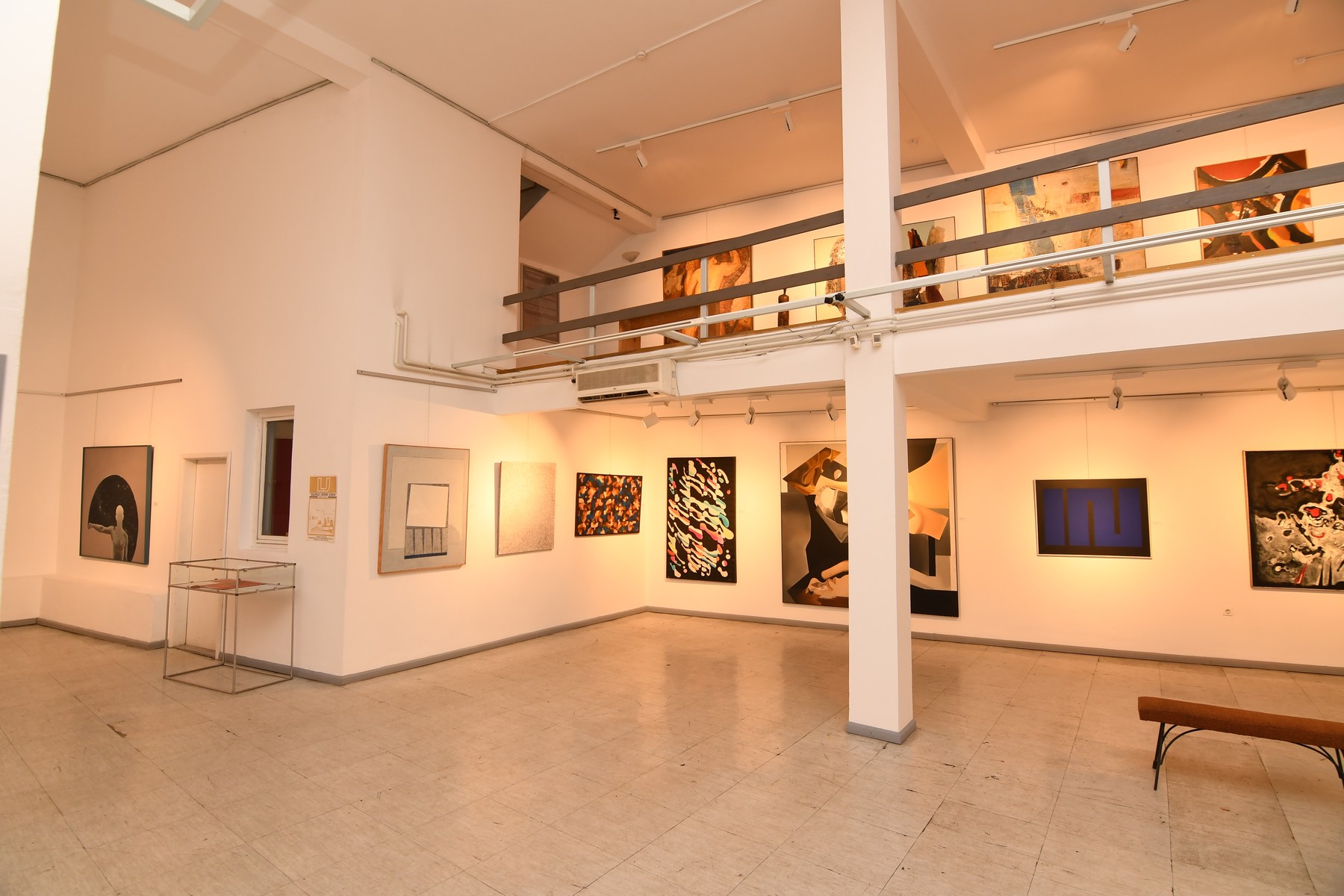 © G.Muzej Sombor
© G.Muzej Sombor
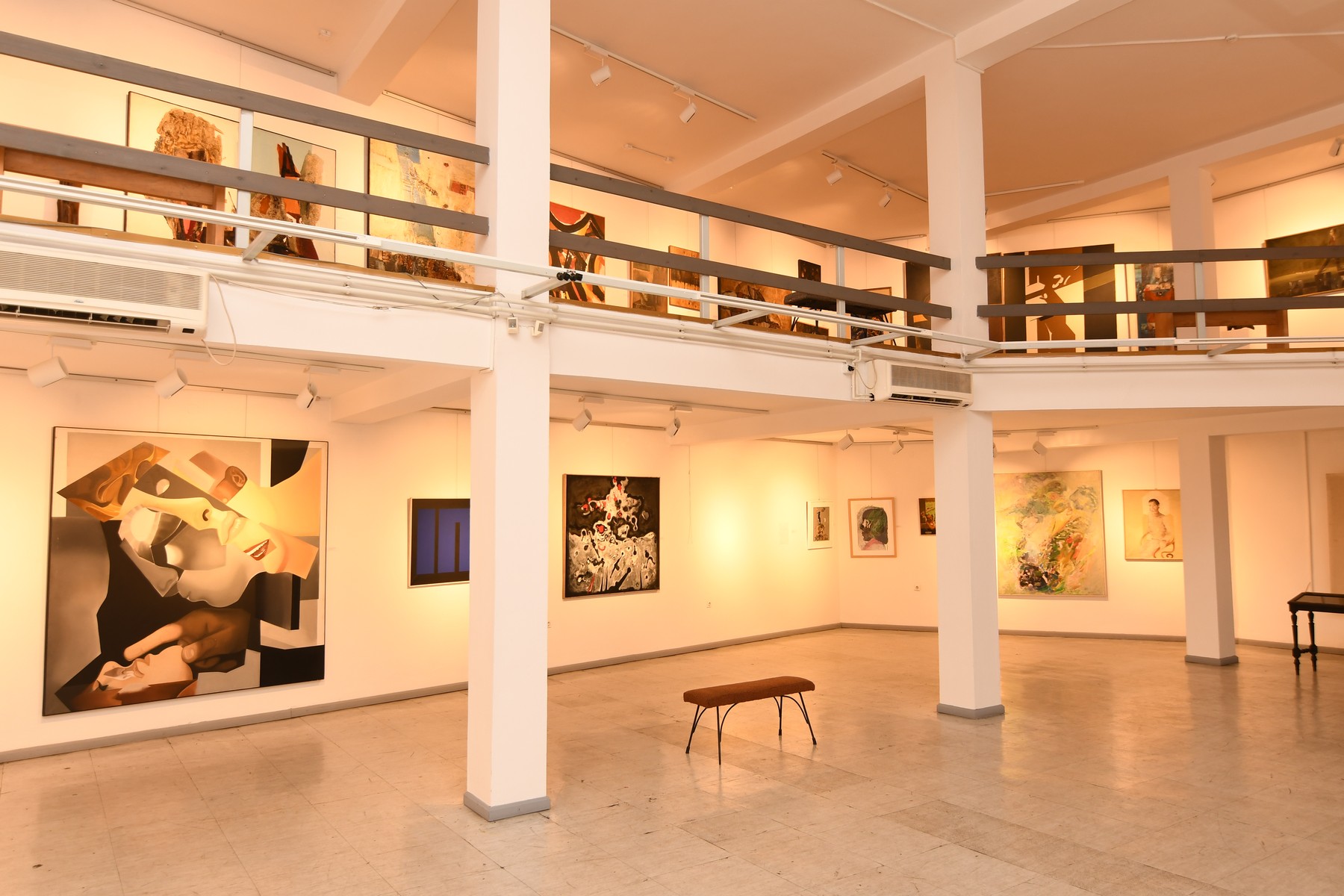 © G.Muzej Sombor
© G.Muzej Sombor
The program of the same name was initiated in 1961 by the then-manager of the City Museum, painter Milan Konjović. The collection includes works by famous Yugoslav artists Zora Petrović, Gojmir Anton Kos, Edo Murtić, Lazar Vozarević, Risto Kalčevski, Miodrag B. Protić, Stojan Ćelić, Marko Čelebonović, Ferdinand Kulmer, Julije Knifer,...
Supported by The Ministry of Culture and Information of Rep. of Serbia in 2021.